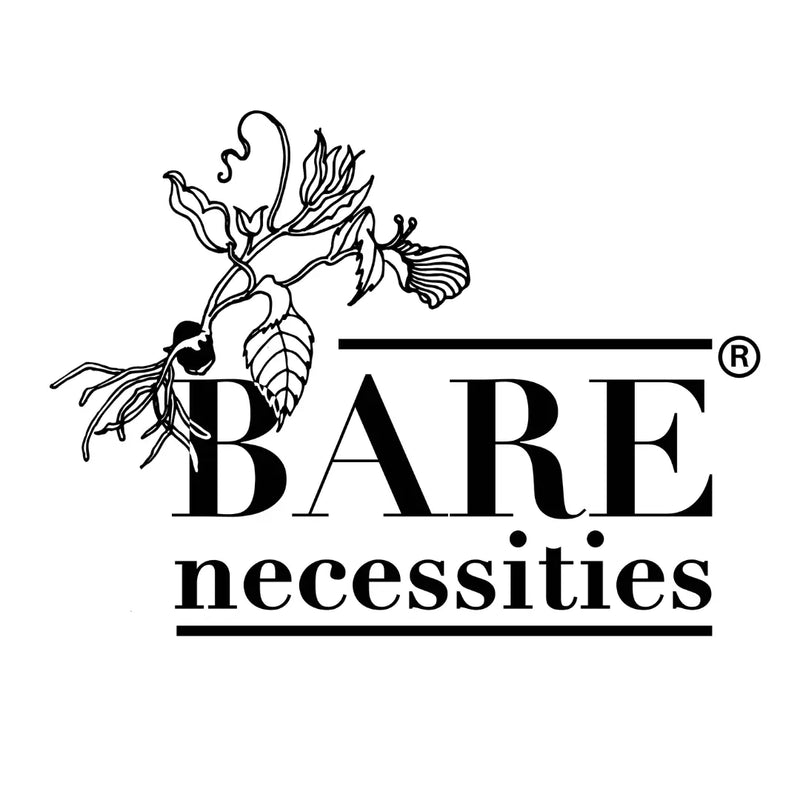What is a Circular Economy?

🎙️Listen to this here
The first step to making any type of change is to understand the facets of your current circumstance. So before diving into defining a circular economy, let’s review what our current economy looks like. We follow a linear model. This modality can be described in as simple as 3 words: take, make, dispose of. Industrial processes, and the lifestyles dependent on them, use up finite reserves to create products with a finite lifespan, meaning all products eventually end up in landfills or in incinerators. This way of life is in no way sustainable long-term, which is why we are facing so many environmental issues. In order to begin eliminating waste from our planet, we must employ a different approach to the economic structures in our societies.
The circular approach, by contrast, takes insights from living systems. It considers that our systems should work like organisms, processing nutrients that can be fed back into the cycle. This means that a circular economy looks like: make, use, reuse, remake, recycle, and so forth continuously. In comparison to our current economy, this minimizes the use of resource inputs and the creation of waste, pollution and carbon emissions. The circular economy aims to keep products, equipment and infrastructure in use for longer, thus improving the productivity of these resources, rather than overusing resources until they are no longer efficient. An easy example of a circular model is gardening and composting. The produce is grown in an organic and sustainable way, it is eaten, and what is left is composted with soil and other organic products to then grow more produce.
In order for a circular economy to work, all industries must convert their practices to recyclable and sustainable ones. As consumers, we also have to remember that there is no such thing as 100% sustainable consumption under our current system.
It’s our job to buy less from companies that contribute to production that is harming the environment and their employees, and in turn, us.
While this is only scratching the surface of this concept, you can learn more about it in our latest course, 'Circular Economy in 30', a self paced online course that dives into different aspects of our lifestyle and how we can go circular with it.
Bare Necessities specifically promotes a circular economy by only selling products in reusable glass jars, wrapped in cloth scraps from our local tailor and paper scraps from our printer. In other words, we only use post-consumer packing materials to ship our products from us to our customers! Our labels are printed on recycled paper and we use only paper tape for our packing. By encouraging customers to reuse the glass jars in the kitchen, compost the toothbrushes, and recycle all packing materials, we hope to further advance the push for a circular economy while leading by example.
As we all make changes in our lifestyle to transition and community as a whole, we will inevitably have to deal with some trash generated from our daily lives as well - through recycling, upcycling, reusing and reducing too! While we're at it, it's quite necessary for us to understand the right way to deal with our waste. Check out this blog for more on the same.
How will you make a difference in the way you lead your life as a consumer?
Written by: Molly Brown
